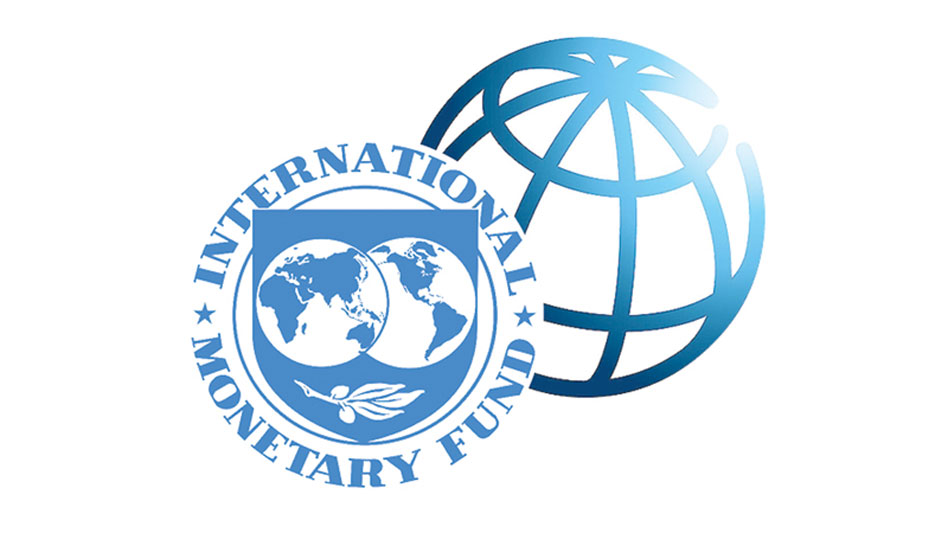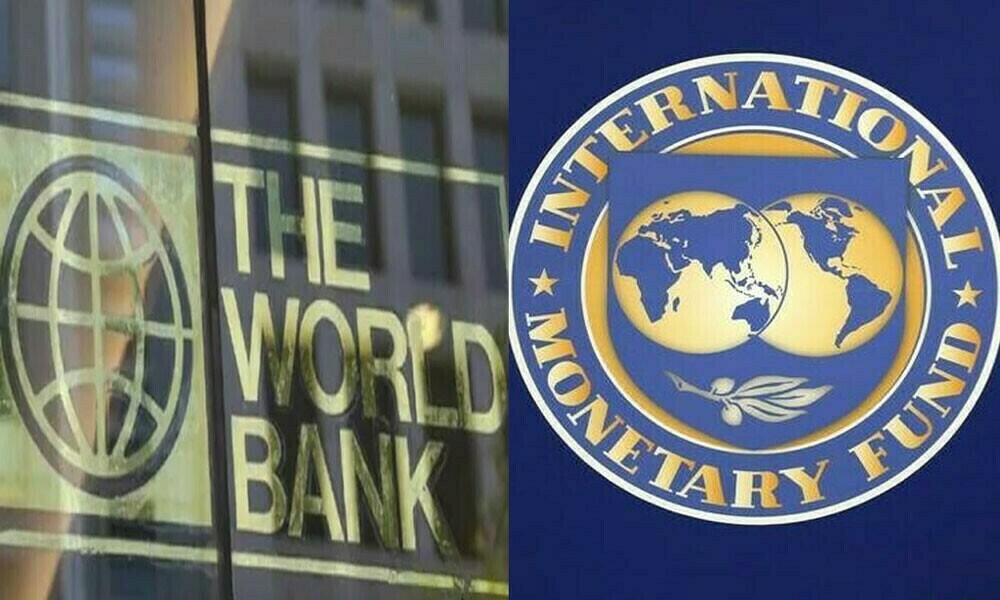The International Monetary Fund (IMF) and World Bank stand as two of the most influential financial institutions in global economic governance, yet their distinct roles and functions are often misunderstood. Both organizations emerged from the historic Bretton Woods Conference in 1944, designed to foster international economic cooperation and stability in the post-World War II era. While they share the common goal of raising living standards in member countries, their approaches to achieving this objective are fundamentally different and complementary.
Understanding the difference between the IMF and the World Bank is crucial for comprehending how global financial systems operate. The IMF focuses primarily on macroeconomic and financial stability, monitoring the world’s monetary system, and providing short-term financial assistance during economic crises. In contrast, the World Bank concentrates on long-term economic development and poverty reduction, funding infrastructure projects and social programs that directly enhance socio-economic conditions in developing nations. This comprehensive guide will explore their unique characteristics, operational frameworks, and distinct impacts on the global economy.
Primary Purposes and Mandates
The fundamental difference between these institutions lies in their core missions. The IMF serves as a cooperative institution that maintains an orderly system of payments and receipts between nations, ensuring the stability of the international monetary system. Its primary focus involves overseeing global monetary cooperation, securing financial stability, and providing policy advice to help countries build strong economies.

The World Bank operates as a development institution dedicated to reducing poverty and promoting sustainable economic growth. It provides technical and financial support to help countries implement specific projects such as building schools, providing clean water and electricity, fighting disease, and protecting the environment. The World Bank’s mission has evolved from post-war reconstruction to comprehensive poverty reduction and sustainable development initiatives.
Organizational Structure and Governance
The IMF operates under a quota system where member countries are assigned quotas reflecting their relative position in the global economy. This system determines their financial contributions, voting power, and borrowing capabilities. The IMF maintains a single institutional structure with 190 member countries as of 2021.
The World Bank comprises multiple institutions, including the International Bank for Reconstruction and Development (IBRD) and the International Development Association (IDA). Together, IBRD and IDA form the World Bank, with IDA focusing on the world’s poorest countries while IBRD assists middle-income and creditworthy poorer countries. The World Bank Group also includes the International Finance Corporation (IFC), Multilateral Investment Guarantee Agency (MIGA), and International Centre for Settlement of Investment Disputes (ICSID).
Financial Assistance and Lending Approaches
The types of financial assistance provided by each institution reflect their different mandates. The IMF provides short- and medium-term loans to countries experiencing balance of payments problems and difficulty meeting international payment obligations. These loans are primarily funded by quota contributions from member countries and are typically tied to specific economic policy reforms.
The World Bank offers long-term loans and grants for development projects spanning multiple years. World Bank assistance is funded by member country contributions and by issuing bonds in international capital markets. The institution focuses on funding projects in sectors like education, healthcare, infrastructure, and environmental protection that directly impact poverty reduction and economic development.
Staff Expertise and Operational Focus
The professional composition of each institution reflects its specialized roles. IMF staff are primarily economists with extensive experience in macroeconomic and financial policies, enabling them to provide expert guidance on monetary stability and fiscal management.

World Bank staff are often specialists in specific issues, such as climate change or particular sectors like education and healthcare. This diverse expertise allows the World Bank to address complex development challenges through targeted technical assistance and capacity-building programs.
Impact on Developing Countries
Both institutions play pivotal roles in developing countries, though their methodologies differ significantly. The IMF’s role involves providing emergency financial assistance during economic crises, helping countries stabilize their currencies, and offering policy advice to maintain macroeconomic stability.
The World Bank’s impact focuses on long-term socio-economic transformation through infrastructure development, human capital investment, and institutional capacity building. By funding projects that enhance education, healthcare, and basic infrastructure, the World Bank aims to help developing nations transition toward sustainable economic growth and poverty reduction.
Understanding these key differences enables policymakers, economists, and citizens to better appreciate how these complementary institutions work together to promote global economic stability and development.
